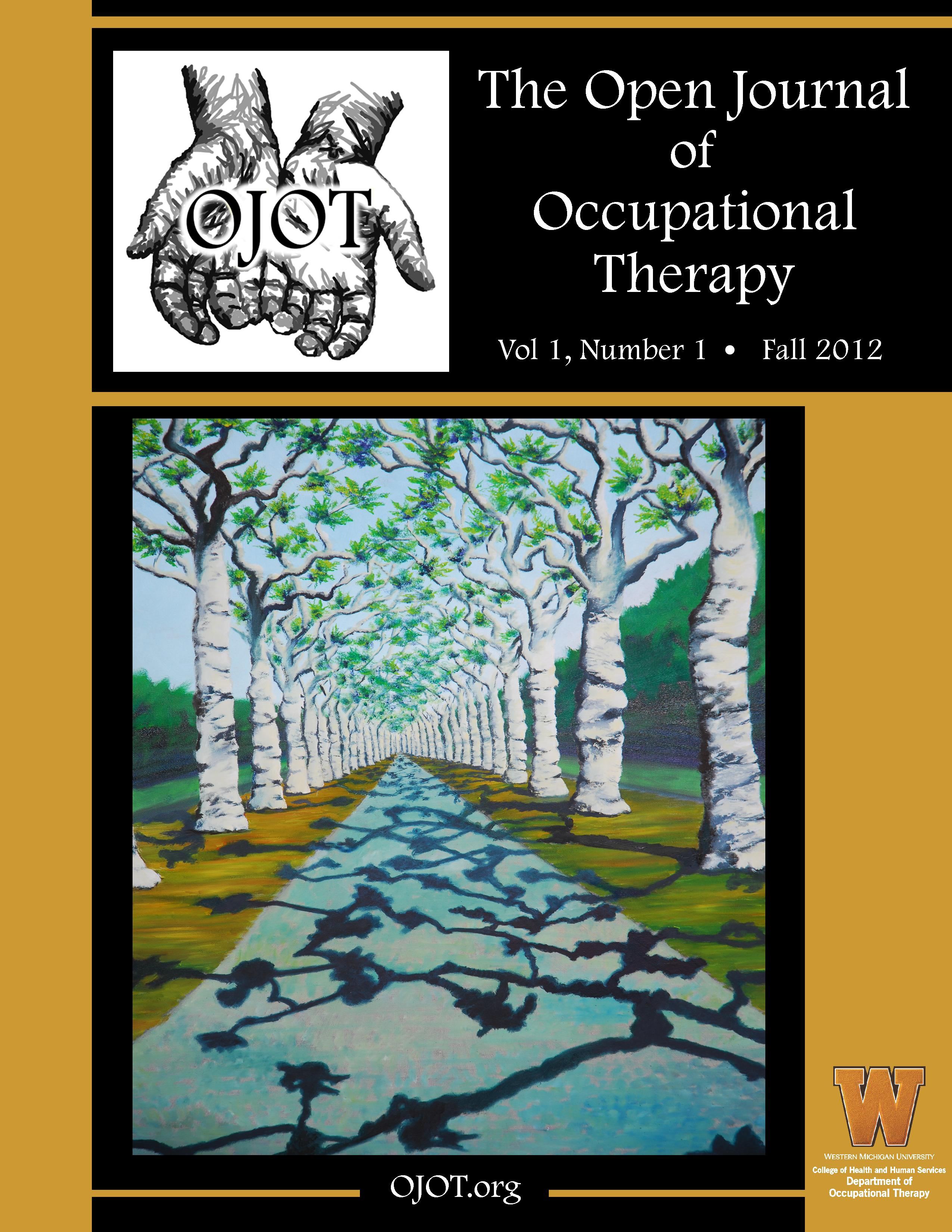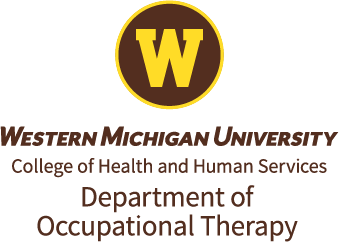ScholarWorks > HHS > OT > OJOT > Vol. 12 > Iss. 4 (2024)
Credentials Display
Suzanne Briggs, OTD, OTR/L; Mitchell Scheiman, OD, PhD, FAAO; Yuki Asakura, PhD, APRN, ACNS-BC, ACHPN, OCN
Abstract
Background: Vision disorders are common after mild traumatic brain injury (mTBI) and can affect occupational performance. The study was designed to support occupational therapy’s role in providing remedial vision rehabilitation (RVR) by demonstrating changes in vision efficiency and patient reports of vision-related occupational performance in adult patients with a mTBI after occupational therapy-led RVR.
Method: In this retrospective study, data was collected pre/post-RVR treatment at an outpatient clinic using a convenience sample of adults 18 years of age and older with vision disorder diagnosis and mTBI diagnosis. Vertical/horizontal saccades, vergence jumps, near-point convergence, Convergence Insufficiency Symptom Survey (CISS), and Canadian Occupational Performance Measurement (COPM) were measured before and after RVR.
Results: Statistically significant changes were found in all outcome measurement scores after RVR with a large-size effect using t-test analysis. (Vertical saccades: t = -2.71; p = .022. Horizontal saccades t = -3.87; p = .003. Vergence jumps t =- 4.98; p= .001
Conclusions: Evidence-based RVR after mTBI injury may improve vision efficiency disorders and vision-related occupational performance and satisfaction, demonstrating occupational therapy’s distinct role.
Recommended Citation
Briggs, S., Scheiman, M., & Asakura, Y. (2024). Occupational Therapist-Led Remedial Vision Program after Mild Traumatic Brain Injury: Pre/Post Pilot Study. The Open Journal of Occupational Therapy, 12(4), 1-13. https://doi.org/10.15453/2168-6408.2237



Comments
The authors declare that they have no competing financial, professional, or personal interests that might have influenced the performance or presentation of the work described in this manuscript.